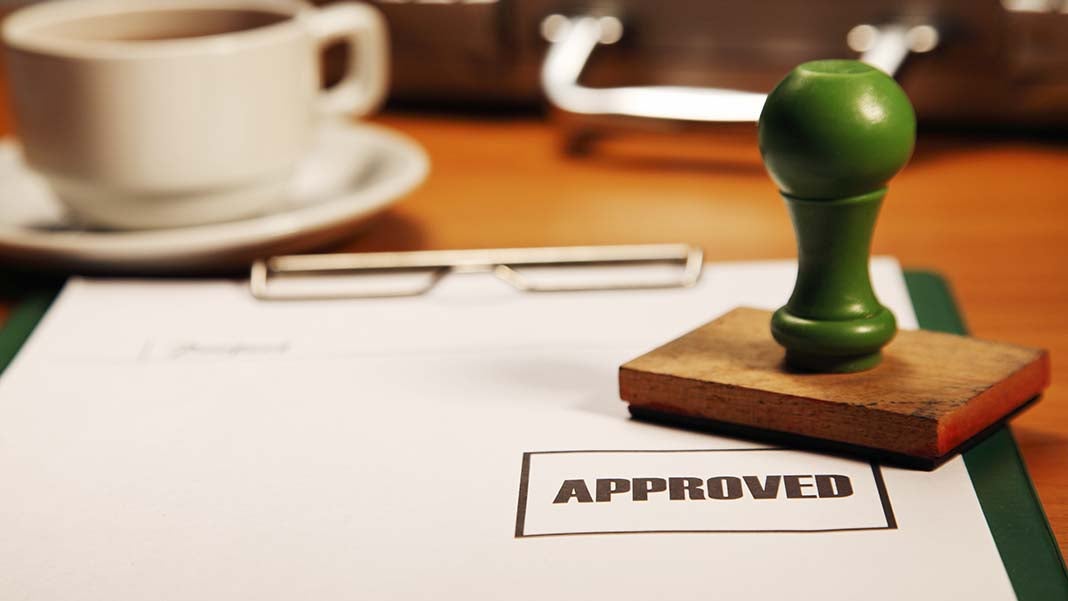How to Get a Business Loan in 3 Easy Steps
By: Meredith Wood

No matter where you stand regarding your business, there’s a good chance you will, at some point, need to find a source of outside funding. Small business owners in every stage of the business life cycle apply for small business loans every day.
However, the approval process for traditional banks loans can be tough. Banks are slow-moving and unwilling to take on significant risk—so the likelihood of getting approved are low, and if you need cash quickly, you may be out of luck.
Thankfully, there are many alternative lending options that cater to small businesses who need cash quickly or have a poor or new credit history. Banks may have the most desirable loan terms on the market, but they are by no means the only option.
Whether you’re financing a new piece of equipment, covering costs while waiting for an overdue invoice, or trying to expand your business, a loan can make all the difference. After you’ve decided that you need outside funding to reach your business goals, follow these three steps to secure a small business loan.
1. Determine the loan amount you need and can afford.
Depending on the reason you’re applying for a loan in the first place, it might be easy to determine how much money you need to take out. For example, if you simply need a loan for the purpose of equipment financing, the loan amount you need will be enough to cover the cost of the new piece of equipment.
But other scenarios may not be so cut-and-dried. To know the amount you can afford to borrow, you’ll first need to determine your DSCR.
Your DSCR, or Debt Service Coverage Ratio, tells lenders important information about your business—namely, whether you’ll have enough money to pay back the loan in the future. Your DSCR is calculated based on your current business financials (because nothing is a better predictor of the future than the past).
To calculate your DSCR, simply divide your average monthly cash flow by your estimated monthly loan payment. If your result is above 1, congratulations! Lenders will likely see that you will be able to pay back the loan, based on your current financial situation.
Once you’ve determined how much you can afford to borrow and your likelihood of being approved for such a loan, you’ll be better equipped to decide what kind(s) of funding to apply for.
2. Gather the necessary documents and information.
The absolute best thing you can be during the loan application process is prepared. Bank loans tend to involve the most strenuous application process, since their loan terms are the most desirable and, therefore, quite competitive. SBA loans also tend to be quite difficult. Alternative online lenders, on the other hand, tend to have a more seamless application process and lenient threshold for approval.
While your specific lender will have their own set of application requirements, there are several documents and pieces of information that you can safely assume you’ll need to prepare:
- Credit Score: While not a piece of documentation per say, your personal (and business) credit score will play a large role in whether or not your business loan application gets approved. Your credit score shows lenders who trustworthy you are as a borrower.
- Time in Business: Lenders care about how long you’ve been in business, because it paints them a clearer picture of how you function as a business owner. If you’ve been in business for at least two years, you’ll likely have more lending options available to you.
- Balance Sheet: In addition to trusting business owners with more experience, lenders will also need to get a sense that your business is financially healthy overall. A balance sheet will illustrate both how much you currently hold in assets and what you currently owe.
- Annual Revenue Profit & Loss Statements: Lenders will also need to know that you have steady business income from month to month. Your profit and loss statements, which should be updated to the last 60 days, help banks and other lenders determine that there aren’t any red flags in regards to your income sources. You should also be prepared to send in your annual revenue from the past few years—the higher your revenue, the better your chances of securing a loan.
- Average Bank Balance: You could be great at making money, but horrible at managing it. That’s why your average bank balance is almost important to lenders. They are going to want to see that you have some cash on hand, verifying that you have a cushion to keep up with loan payments even if your sales dip.
3. Decide where you’re applying and get started.
As we previously mentioned, there are many loan options available to small business owners. Once you’ve figured out your “why,” or the reason you need a loan in the first place, you can start thinking about your likelihood of securing different types of funding.
We always suggest that you start with the banks. If you are offered a loan from a bank, there’s no reason you shouldn’t take it—banks typically offer the lowest interest rates and most desirable loan terms. However, since most small business owners are not approved for a bank loan, it’s a good idea to have your other options lined up.
SBA loans tend to be the next-best option. However, like bank loans, they are typically more difficult to qualify for.
If an SBA loan isn’t in the cards, you still have plenty of alternative lending options. Just make sure to do your due diligence and fully understand your repayment terms.
After these three steps, the hard part is over—all there’s left to do is wait. Remember, the more prepared you are, the better off your application will be, and the more likely you are to obtain a business loan.
3539 Views












